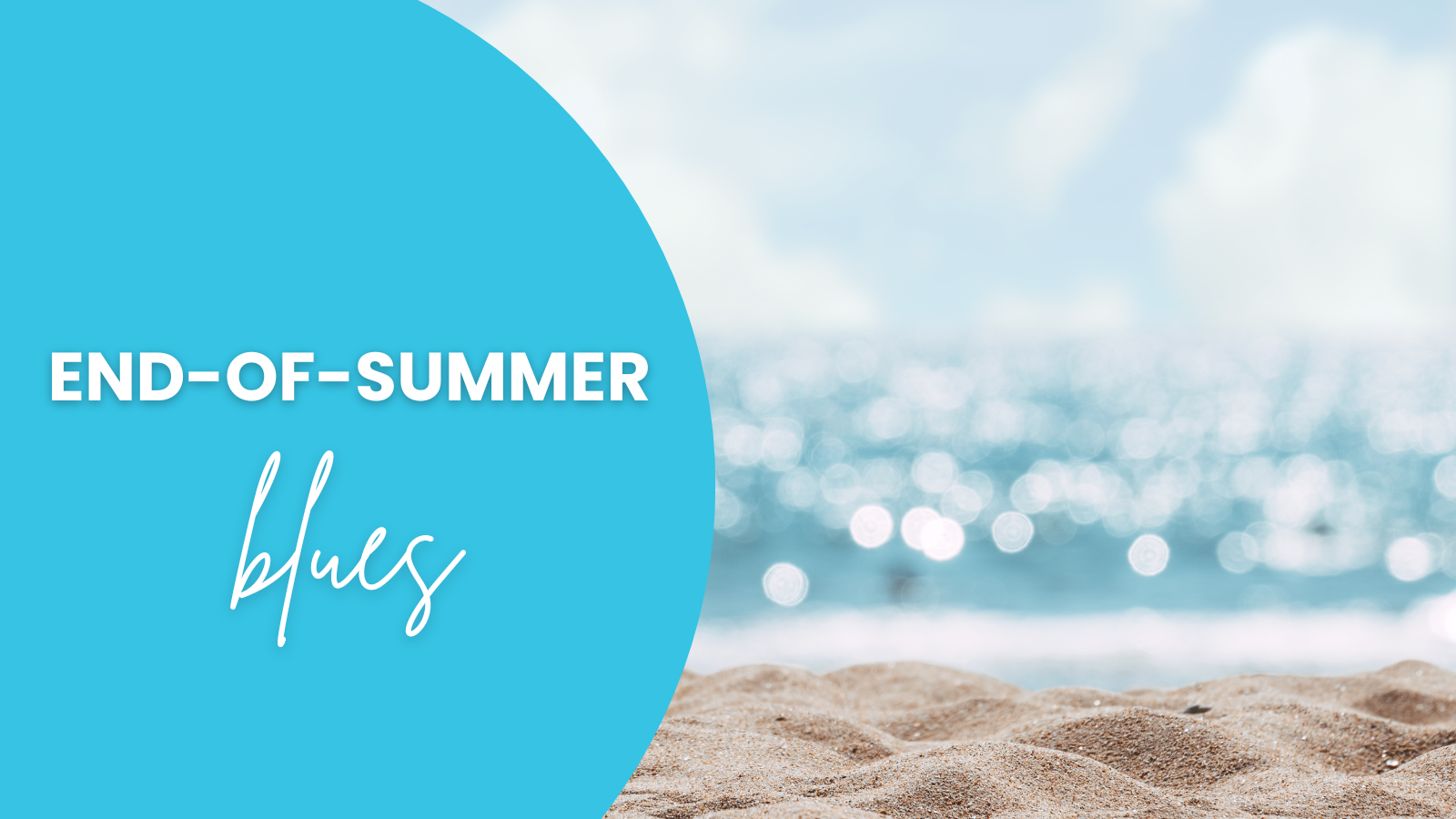
- Blog /
- August 30, 2023
End of Summer Blues
Some may be excited to get the heavy blankets out while planning costumes and dinners for Halloween and Thanksgiving. But for many, the end of summer can be a bit of a low moment after all that built up anticipation. In the warmest season, we also tend to have more time to see our friends, plan vacations, dive into fun activities, and enjoy the sun. There are less obligations, and a sense of nostalgia as we think back to our childhood summers.
Beyond feeling blue, the more severe form of winter blues is called Seasonal affective disorder (SAD). SAD may begin as soon as the days start getting darker, so the mood condition some may fall into in late summer may not be so different from the ”official” winter blues. People with SAD usually have an increased appetite for carb-rich and sugary foods, and a tendency to sleep longer. They may also have a lack of energy despite the increase in sleep, and disinterest in once-enjoyable activities.
So, if the season’s shift affects your mood, what can you do?
Unfortunately, there is no magic trick aside from retreating to a tropical island for 6 months. The real cure lies in the cliches: exercising and walking in nature, eating a seasonally balanced diet rich in vegetables and fruit, maintaining your daily vitamin D intake, and making time for friends and family. We should try to find light in candles, the fog, and eventually the snow – until each day slowly grows brighter again.
